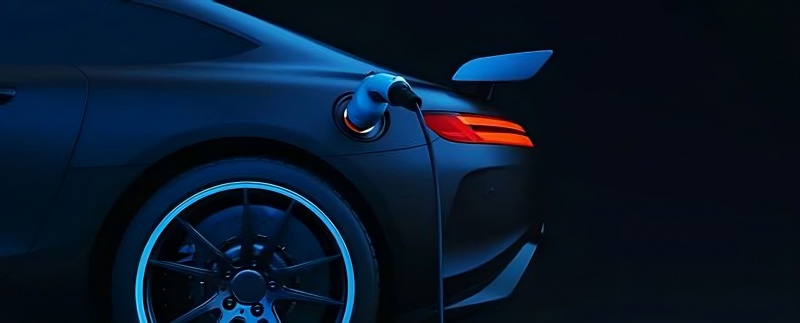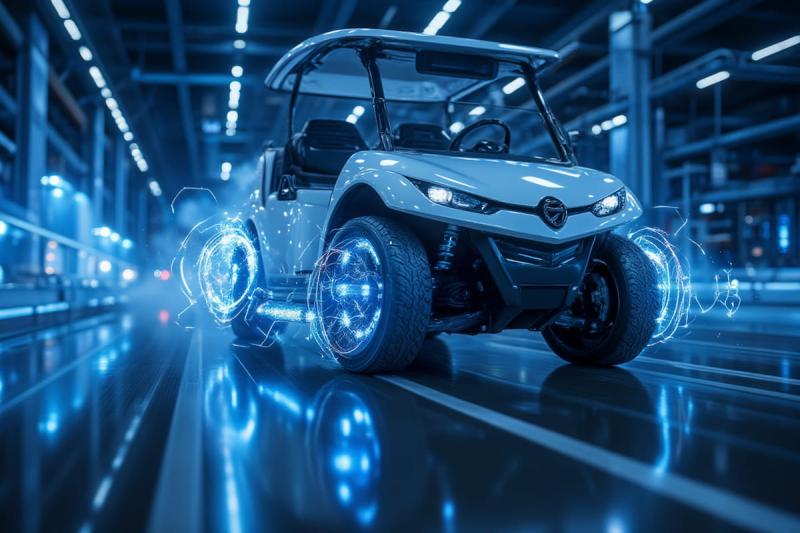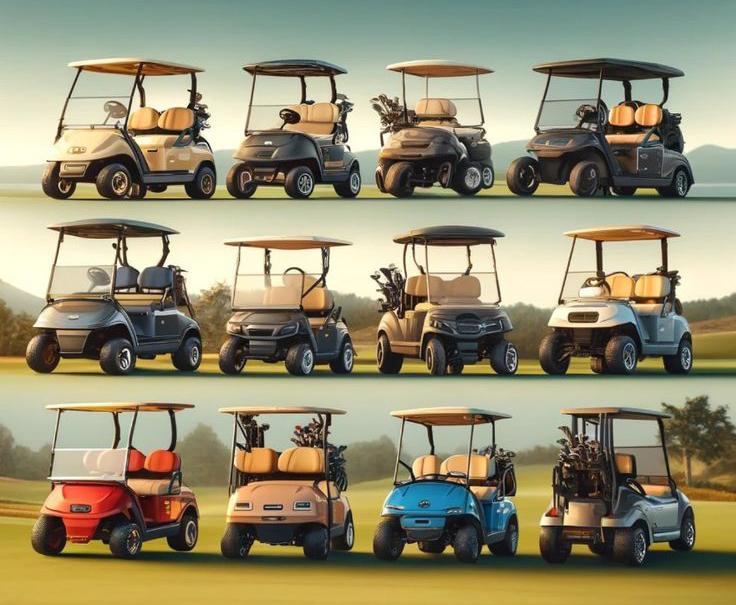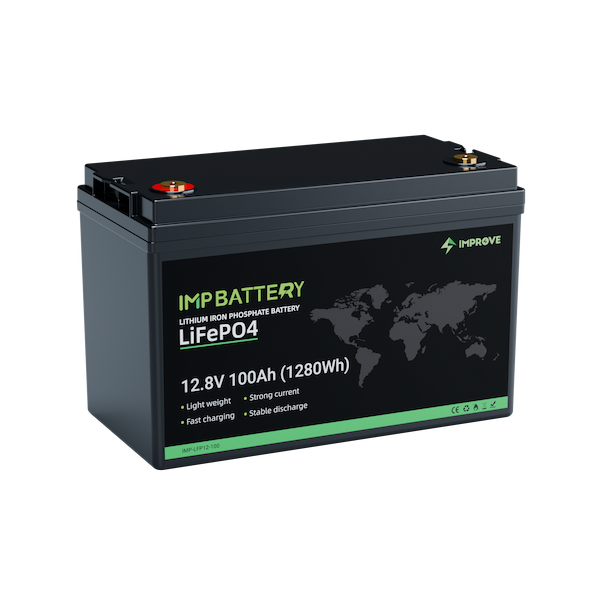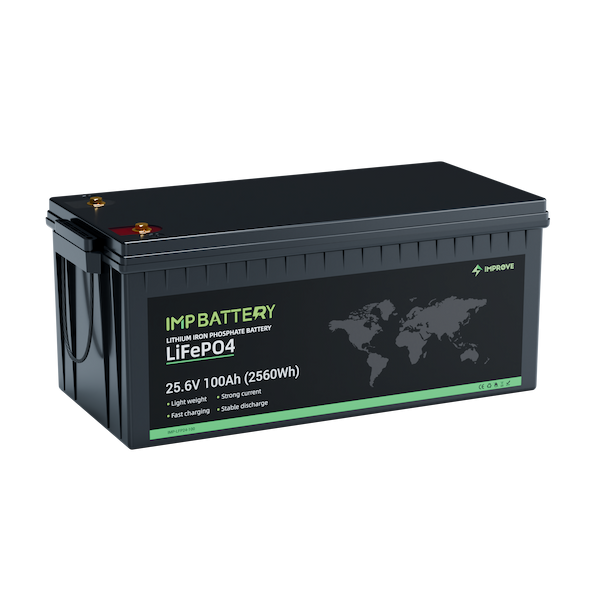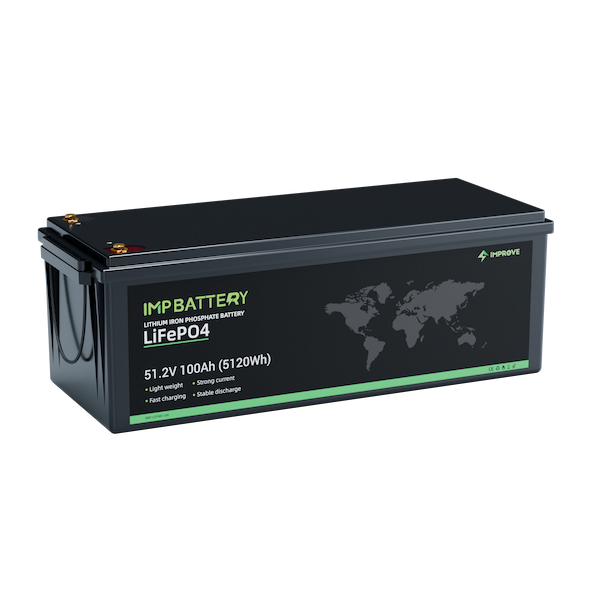The new energy vehicle industry is developing rapidly. It is understood that the “battle of competition” between ternary lithium batteries and lithium iron phosphate batteries has always been fierce. With the decline of subsidies and the increase of cost pressure, the technical level of lithium iron phosphate batteries has been improved, and the market share has been further occupied.
Analysis of the development trend of the new energy vehicle industry
New energy vehicles have great market potential and application advantages. The development of the new energy vehicle industry has risen to a national strategy, which has many meanings. For the new energy vehicle industry, my country has provided support from various aspects such as terminal subsidies, infrastructure subsidies, norms and standards, and government procurement, with strong efforts and clear directions. Coupled with the joint contribution of technological progress and the industrial chain, the new energy vehicle industry has entered a rapid development track.
In 2017, the output of new energy vehicles in my country was 794,000 units, a year-on-year increase of 53.8%, accounting for only 2.74% of the total output of the auto industry (29.02 million units) that year. The new energy vehicle market is still in the early stage of development. In the future, benefiting from policy promotion and technological innovation, the momentum of rapid industrial growth will continue for ten or even decades in the future.
In the next 3 to 5 years, the power battery business will still become a profit growth point. With the advancement of production capacity construction and the heavy volume of downstream markets, the new energy vehicle industry is expected to continue to share industry dividends.
The new energy vehicle industry stimulates the growth of lithium iron phosphate batteries
In 2017, the growth rate of my country’s lithium battery industry has accelerated significantly. The production and sales of new energy vehicles have increased by more than 50%, the output of lithium ion batteries has increased by more than 40%, the total output of lithium battery cathode materials has increased by more than 50%, and the output of lithium carbonate and lithium hydroxide has increased. are more than 50%.
The development of new energy vehicles has promoted the demand for power batteries, and promoted the development of lithium batteries in the field of power batteries. At present, the main power lithium batteries in the world mainly include lithium iron phosphate batteries and ternary lithium batteries. According to the survey of the electric vehicle resource network, in recent years, in the new energy logistics market, in order to pursue high energy density and high subsidies, the ternary battery market has grown rapidly. However, affected by various aspects of the market, the market share of lithium iron phosphate batteries has gradually recovered recently.
The country’s technical requirements for new energy logistics vehicles are constantly improving. In order to meet the needs of the market, battery manufacturers have to upgrade lithium iron phosphate battery products. As we all know, the ternary lithium battery is sought after by the buyer’s market due to its high energy density and good cycle performance, but its cost is relatively expensive. In addition, many new energy logistics vehicles have caught fire and explosion recently, and the ternary battery has been pushed. At the cusp of the storm, many people in the industry believe that after the cancellation of the national supplement, the market will be more inclined to choose lithium iron phosphate batteries with better safety performance and lower cost.
In the field of new energy special vehicles, and even in the field of passenger vehicles, the installed capacity of lithium iron phosphate batteries is on the rise. Therefore, lithium battery manufacturers have seized the low-cost and high-performance characteristics of lithium iron phosphate, and continuously improved and upgraded lithium iron phosphate battery technology, so as to meet the national requirements for new energy special vehicles, obtain national policy support, and strive to avoid being Market eliminated.


